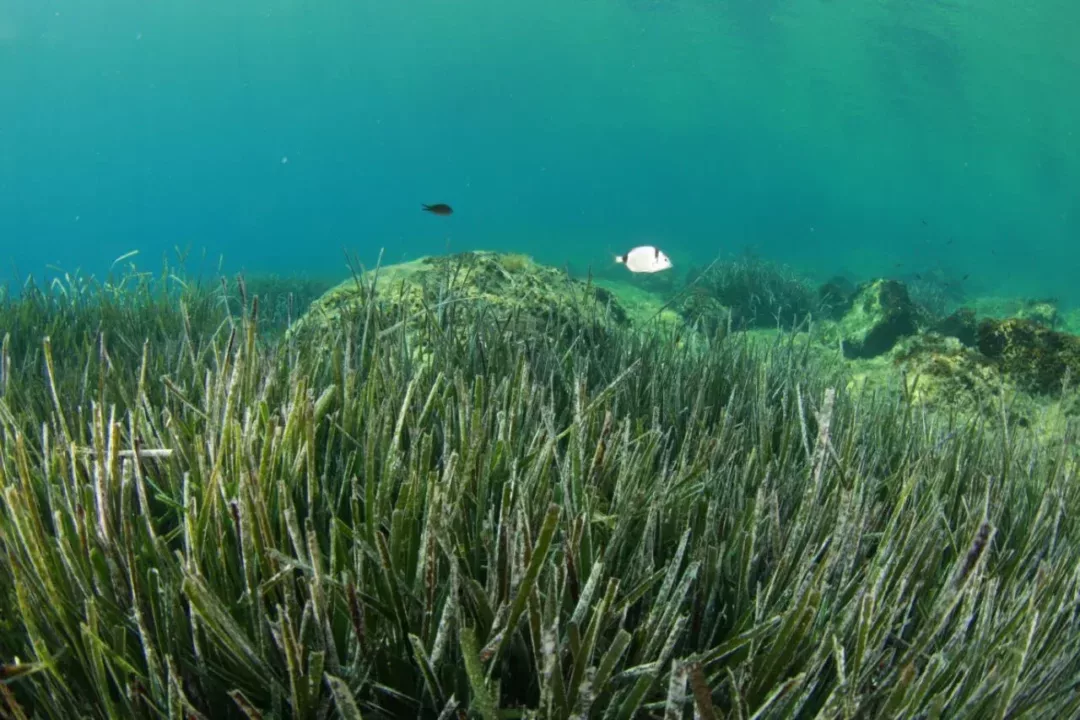Seagrass meadows are important marine ecosystems, providing a range of services including carbon sequestration, nursery habitats for fish and coastal protection. They are suffering a rapid global decline in the face of eutrophication and other pollution, damage caused by fishing activities, tourism and coastal development. Degradation and loss of seagrass meadows negatively impact their ability to provide ecosystem services, which are often of vital importance to resource-poor communities such as local fishers who depend on seagrass ecosystems for sustenance and income. Community-based management (CBM) presents an opportunity for effective, efficient and socially just conservation of seagrass. Payments for Ecosystem Services (PES) has been used in other ecosystems as a model to support community-based conservation but its application to seagrass meadows is in a very early stage.
Community-based PES involving seagrass meadows would involve parties (buyers) making payments to communities or their representatives in exchange for management measures (implementation, restriction or adaptation of certain activities) that can be shown to enhance or ensure the delivery of seagrass ecosystem services. Here, the opportunities and challenges associated with community-based seagrass conservation, particularly PES-based, are discussed; we draw on experience in community-based PES projects in similar settings, but with different ecosystems, such as mangroves, and use carbon as the exemplar service (since a global market exists for carbon trading). Recommendations are made on how community-based seagrass conservation is best facilitated through policy mechanisms and tools.
Source UNEP website.

